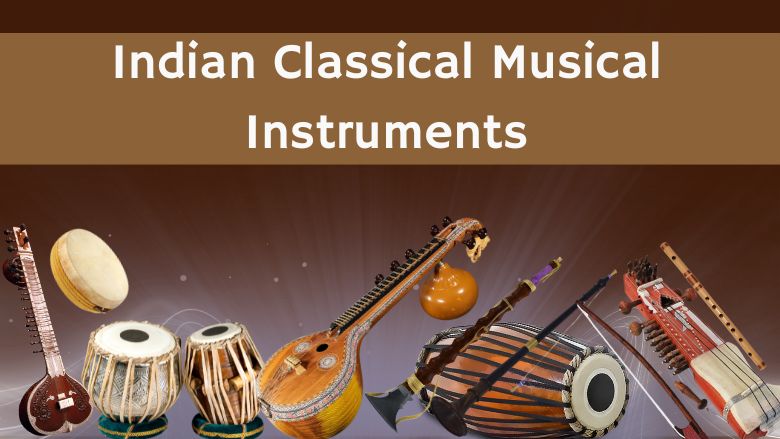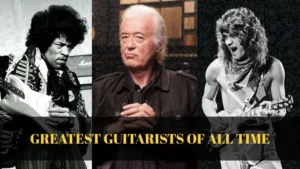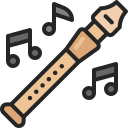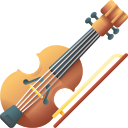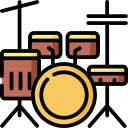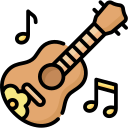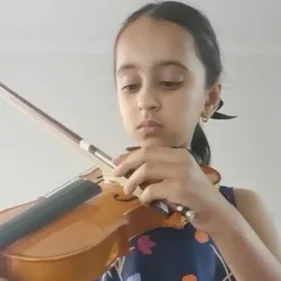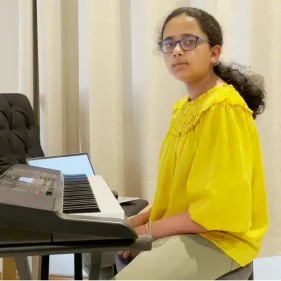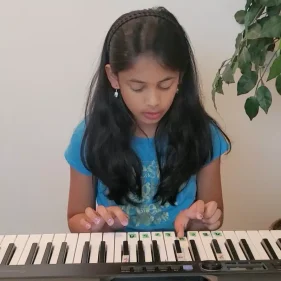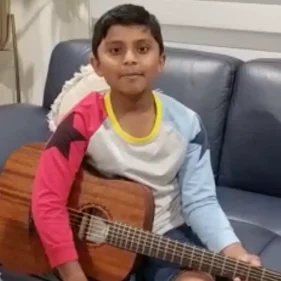- Veena: Celestial Strings
- Tabla: Percussive Poetry
- Bansuri: Whispers Of Wind
- Sitar: Strings of Serenity
- Mridangam: The Rhythm Sculptor
- Kanjira: Small One Handed Marvel
- Shehnai: Piercing Sounds of Celebration and Spirituality!
- Sarangi: The Voice of Indian Strings
- Nadaswaram: Breath Of Divinity
- FAQs
- Related Blogs
- Related Services
“Musical instruments speak the language of the heart without words, yet full of meaning”
India is a diverse land immersed in ancient traditions and vibrant cultural expressions. It carries hundreds of symphonies of sounds handmade and tended with care. Among the treasured legacies are these Indian musical instruments, each one a vessel of history, spirituality and artistry.
These instruments range from stringed like a sitar or sarod to struck like tabla or parai. Crafted with precision, the history of Indian musical instruments embraces the diverses musical and geographical traditions of this country. Let us look at the 10 Best Traditional Indian Musical Instruments in this blog.
Veena: Celestial Strings

Veena is made of a single piece of wood with 24 frets and seven strings. The large rounded portion called the Kudam is the resonator while the smaller decorative portion called the Yali gives it a majestic look. This Indian traditional music instrument is always associated with the Goddess Sarswati, the Hindu Goddess of knowledge.
Quick bites of info!
Veena is considered to be one of the oldest traditional instruments with a history dating back to 2000 years.
There are several types of Veena that are recognised today.
Rudra Veena (used in Hindustani Classical Music)
Saraswati Veena (used in Carnatic Music)
Vichitra Veena (uses a slide)
Chitra Veena (gottuvadhyam – made fretless)
Tabla: Percussive Poetry

Tabla is the cornerstone of Hindustani classical music. This Indian classical music instrument consists of two drums made of metal and wood. The right drum is called the Dayan and the left, Bayan, both layered with black spots calles Syahi. This allows the tablist to play harmonic overtones and a wide range of pitches.
“It has a language!” Yes, Tablists use a system of syllables called ‘Bols’ for representing different rhythms and strokes. The origin of Tabla, one of the oldest Indian musical instruments, is still debated. Some say it evolved from pakhawaj and some say it was invented in the 13th century.
Bansuri: Whispers Of Wind
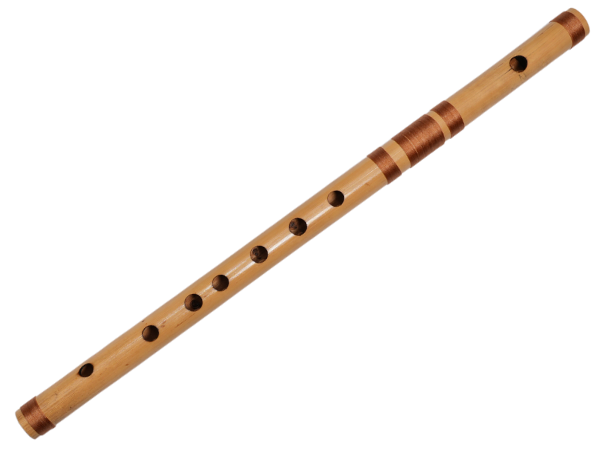
Next on the Indian musical instruments list is Bansuri, a wind instrument. It is an Indian made flute using bamboo. Flutes are associated with Lord Krishna, a Hindu God, giving them a deep spiritual and emotional significance.
Quick bites of info!
Bansuri flutes are frequently mentioned in Vedic texts, tracing their origin back over 5000 years.
“Bansuri is crafted with a single hollow bamboo stick with six or seven finger holes.” I am in awe of how someone came up with an idea to create this, especially in a time with no technology! Despite its simple making process, a skilled flutist can produce over two octaves, mimic bird calls, and whisper. “That’s incredibly expressive”.
Sitar: Strings of Serenity
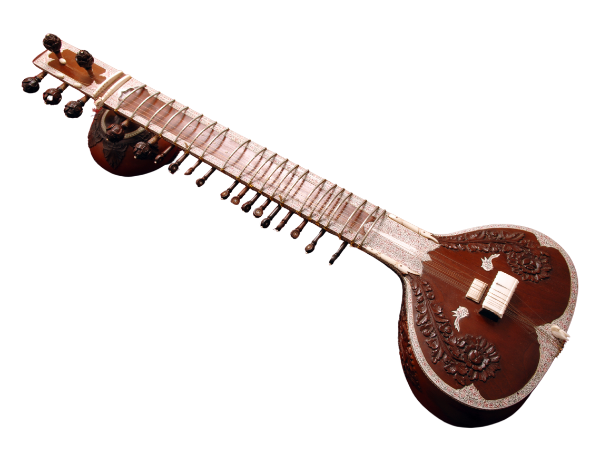
Sitar, an Indian musical instrument is cherished around the world for its deep, resonating sounds. It is one of the string instruments with intricate melodic possibilities.
Quick bites of info!
Sitar has Persian roots. The word “SITAR” comes from the Persian word “SEH-TAR,” which means “three strings.”
An amazing characteristic about Sitar, it has moveable frets and 18 to 21 strings. Some among these strings called “sympathetic strings,” will not be plucked directly. They vibrate in resonance with the notes played, giving the sitar, one of the 10 Best Traditional Indian Musical Instruments, its layered sound.
Mridangam: The Rhythm Sculptor
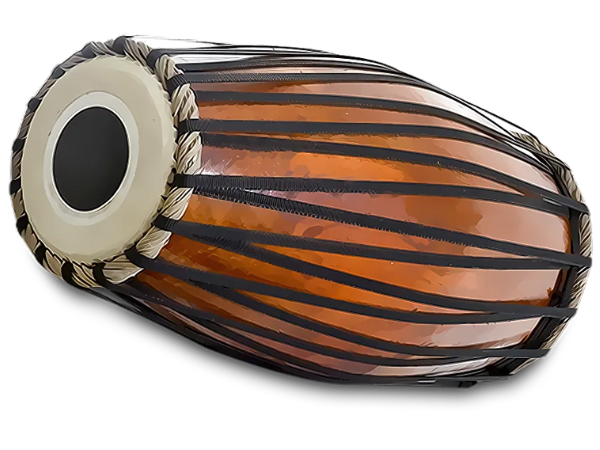
“One single block of wood can produce two sided tonality!” Yes, Mridangam, one of the south Indian musical instruments, has a body made from a single block of jackfruit wood, and two heads. The right is called Vanthalai, produces sharp sounds and the left, Idamthalai, for bass sounds. The black spot called “Soru” on the sides fine tunes the pitch and resonance.
Quick bites of info!
“The Soru is made of iron filings, rice paste and various materials, layered to create Mridangam’ distinctive sound.”
Mridangam has ancient origins relating to Hinduism. It is said Lord Nandi (Lord Shiva’s Bull) chose it as his instrument. This Indian musical instrument is a revered instrument across south India.
Kanjira: Small One Handed Marvel
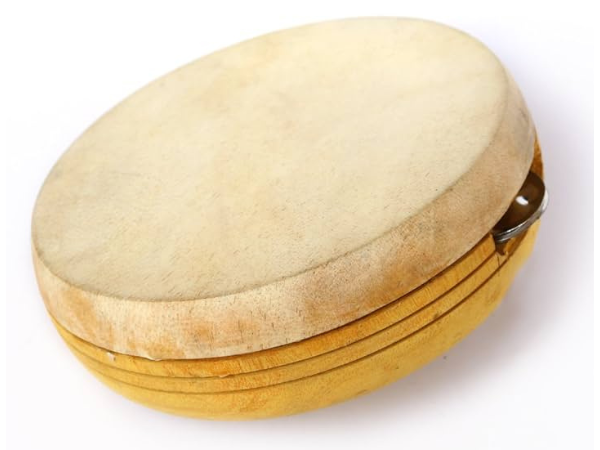
Next on, 10 Best Traditional Indian Musical Instruments is Kanjira, widely used in Carnatic music alongside mridangam. It’s a small hand drum that produces a sharp, crisp sound with tonal variations.
Quick bites of info!
“Kanjira is crafted by stretching lizard skin or goat skin in a round wooden frame and is highly sensitive to the weather changes.”
Played with one hand, this Indian traditional music instrument, allows finger strokes and rhythmic improvisation. It was originally used in the folk genre and was adopted into Carnatic music in the 19th century. Let me tell you this, “Kanjira is considered very difficult to master.” That’s probably why there are only fewer players.
Shehnai: Piercing Sounds of Celebration and Spirituality!
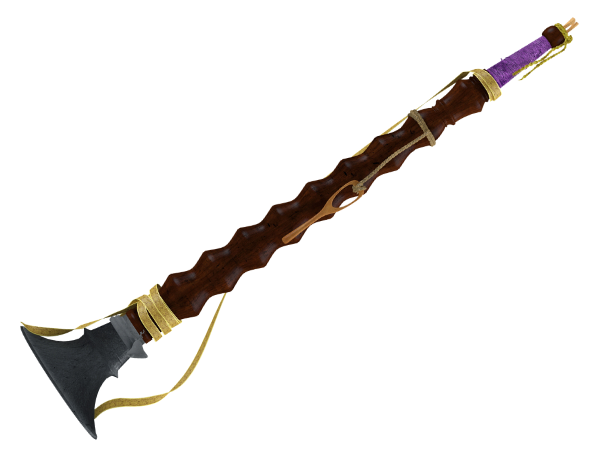
“A breeze of blessings in every note- the Shehnai sings of scared joy.”
One of the top 10 Best Traditional Indian Musical Instruments, Shehnai is embedded in the cultural fabrics. Shehnai is a double-reed instrument known for its rich and piercing sounds.
It is made of wood as well with a flared metal bell at the end. Its roots can be traced back to folk and temple music until Ustac Bismillah Khan brought it its place in Classical music. Usually, other Indian music instruments like Pakwaj or Tabla accompany Shehnai.
Sarangi: The Voice of Indian Strings
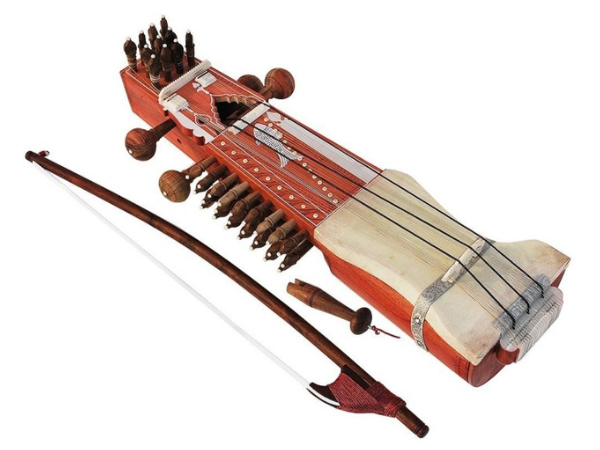
It is one of the most expressive Indian classical music instruments. Originating in North India, it is widely used in the Hindustani classical genre.
Quick bites of info!
“Sarangi is regarded as the instrument that sings.”
The sound produced by this Indian string instrument closely resembles the characteristics of a human voice. This string instrument is bowed with its body resting on the player’s chest. Sarangi has 3 main gut strings and approximately 35 sympathetic strings.
Nadaswaram: Breath Of Divinity

Nadaswaram, a traditional South Indian wind instrument, is believed to invite divine presence. It is made of wood with a flared metal bell at one end and uses double reed to produce sound. Its loud and powerful tone can be carried across large open spaces.
A renowned nadhaswaram maestro remarked“ Well, it takes years of effort!” “One only learns a drop in the ocean.” Such incredible Indian classical instruments are a vital part of South Indian heritage and expression.
Different Indian traditional music instrument’ names.
The tabular comprises all the information in a gist to help in categorizing all the instruments.
Indian traditional music instrument’ name | Origin | Type | Features |
Sitar | North India | Tat | Plucked, has sympathetic strings and a melodic vadhyam |
Tabla | North India | Avanaddh | Two drums, complex rhythms, finger techniques |
Gatam | South India | Ghatam | Clay pot, played with fingers and palms. |
Veena | South India | Tat | Large body, plucked, one of the oldest instruments |
Sarod | North India | Tat | Fretless, deep resonant tone |
Bansuri | North India | Sushir | Bamboo flute, simple structure. |
Santoor | North India | Tat | Strings struck with a wooden mallet. |
Shehnai | South India | Sushir | Double reed, piercing rich sound. |
Mridangam | South India | Avanaddh | Double headed drum |
Sarangi | North India | Tat | Bowed, instrument that sings |
Nadaswaram | South India | Sushir | Reed instrument, ceremonial sounds |
Jal Tarang | North India | Ghan | Struck with sticks for melodic sound |
FAQs
What is the most popular Indian musical instrument?
Popular Indian classical musical instruments includes Shehnai, Katam, Kanjira, Veena, Tabla etc
What is the oldest Indian musical instrument?
Veena and Sarangi are some of the oldest Indian music instruments.
What instruments are used in Hindustani classical music?
Indian classical musical instruments like sitar, sarod, pakhawaj, santoor are used in Hindustani classical music
What is the difference between tabla and mridangam?
Tabla has two drums for treble and bass sounds while a mridangam has two sides on a single body, for treble and bass notes.
How do Indian musical instruments differ from Western ones?
Indian musical instruments focus on melody, rhythm and raags while western ones focus on harmony, rhythm etc.
Which Indian musical instrument is best for beginners?
Basic level in tabla, veena are some of the Indian musical instruments that are best for beginners.
How many types of musical instruments are there in India?
There are 4 types musical instruments are there in India

